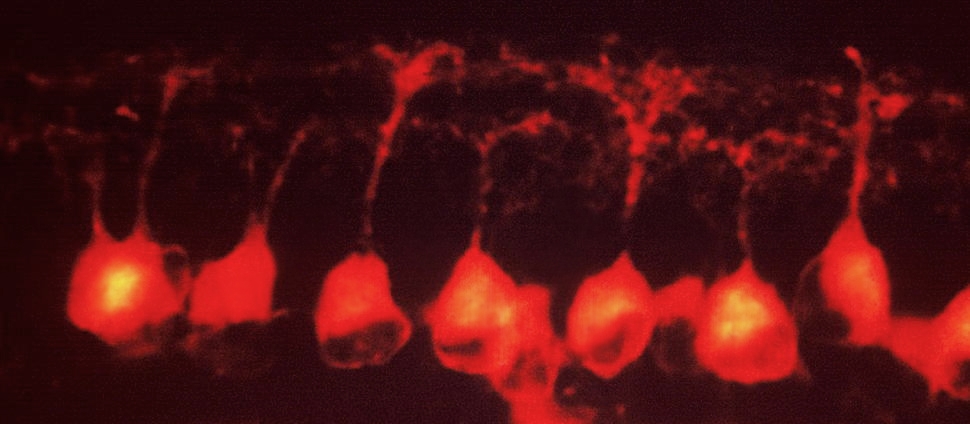Sex, Social Status, and CRF Receptor Densities in Naked Mole-Rats
Archived as published. Open access article.
Abstract
Naked mole-rats (Heterocephalus glaber) live in groups that are notable for their large size and caste structure, with breeding monopolized by a single female and a small number of males. Recent studies have demonstrated substantial differences between the brains of breeders and subordinates induced by changes in social standing. Corticotropin-releasing factor (CRF) receptors-which bind the hormone CRF as well as related peptides-are important regulators of stress and anxiety, and are emerging as factors affecting social behavior. We conducted autoradiographic analyses of CRF1 and CRF2 receptor binding densities in female and male naked mole-rats varying in breeding status. Both globally and in specific brain regions, CRF1 receptor densities varied with breeding status. CRF1 receptor densities were higher in subordinates across brain regions, and particularly in the piriform cortex and cortical amygdala. Sex differences were present in CRF2 receptor binding densities, as is the case in multiple vole species. CRF2 receptor densities were higher in females, both globally and in the cortical amygdala and lateral amygdalar nucleus. These results provide novel insights into the neurobiology of social hierarchy in naked mole-rats, and add to a growing body of work that links changes in the CRF system with social behavior.


